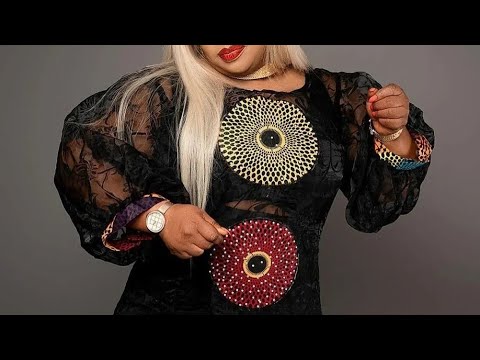Ghana and Nigeria Fashion Styles: The Latest in Ankara, Lace, and Kente Clothing
The vibrant cultures of Ghana and Nigeria have long influenced the world of fashion, particularly through their rich and diverse textile traditions. Traditional fabrics like Ankara, Lace, and Kente continue to play a vital role in the fashion landscape of both nations, adapting to contemporary trends while maintaining their cultural significance. This article explores the latest styles and trends in Ghana and Nigeria, focusing on these popular fabrics.
The Allure of Ankara
Ankara fabric, known for its bold patterns and lively colors, is a staple in both Ghanaian and Nigerian wardrobes. This cotton fabric, often associated with African prints, has transcended borders and has become a symbol of African identity.
Current Trends:
- Statement Pieces: Designers are moving towards oversized shirts, flowy maxi dresses, and asymmetrical skirts that allow for self-expression while utilizing Ankara’s distinctive patterns.
- Mix and Match: Fashion enthusiasts are experimenting with combinations of Ankara prints and other fabrics, such as denim or plain cotton, creating unique, trendy outfits that stand out.
- Tailored Looks: Sharply tailored suits and structured dresses made from Ankara are emerging, showcasing the fabric’s versatility beyond traditional styles.
Lace: The Epitome of Elegance
Lace holds a prominent place in both Ghanaian and Nigerian fashion, particularly for formal occasions. Known for its delicate patterns, lace fabric is often associated with sophistication and elegance.
Current Trends:
- Modern Silhouettes: Trendy jumpsuits, off-shoulder dresses, and high-low skirts paired with lace fabrics are gaining popularity, infusing traditional elegance with contemporary styles.
- Layering: Layers are being used to create depth; lace tops or kimonos over vibrant tank tops or dresses are making waves during events and celebrations.
- Color Play: While classic white and black lace remain popular, colored lace is now making an impact, further diversifying the range of styles available.
The Timeless Kente
Kente cloth, a traditional Ghanaian textile, is celebrated for its intricate patterns and colorful display. Characteristically made by the Akan people, Kente represents cultural heritage and is often worn during significant ceremonies.
Current Trends:
- Kente Accessories: From ties to bags, kente is being incorporated into modern accessories, allowing individuals to embrace their heritage in subtle yet stylish ways.
- Casual Wear: Kente is being used to create more casual pieces such as t-shirts, hoodies, and caps, making it accessible for everyday wear.
- Fusion Styles: Kente is also being paired with modern silhouettes for both genders—think kente blazers or dresses that seamlessly blend tradition with contemporary aesthetics.
Influencers and Designers Making Waves
Fashion designers in both countries are harnessing the power of social media to showcase their creations and influence global trends. Nigerian designers like Deola Sagoe and Ghanaian talents such as Kofi Ansah have integrated traditional techniques with modern designs, garnering international acclaim.
Homegrown Brands:
- Bubune: A Ghanaian brand recognized for its innovative use of local fabrics.
- Ziva Lagos: A Nigerian label celebrated for contemporary Ankara designs.
Conclusion
Fashion in Ghana and Nigeria is a dynamic blend of tradition and modernity, creating a unique space in the global fashion scene. With the rise of social media influencers and a new generation of designers, styles are continuously evolving. Whether it’s the eye-catching Ankara patterns, the exquisite elegance of lace, or the cultural richness of Kente, the fabrics not only represent individual style but also a deep-rooted heritage and identity. As trends shift and adapt, these textiles remain at the forefront, celebrating the vibrant cultures they originate from.


